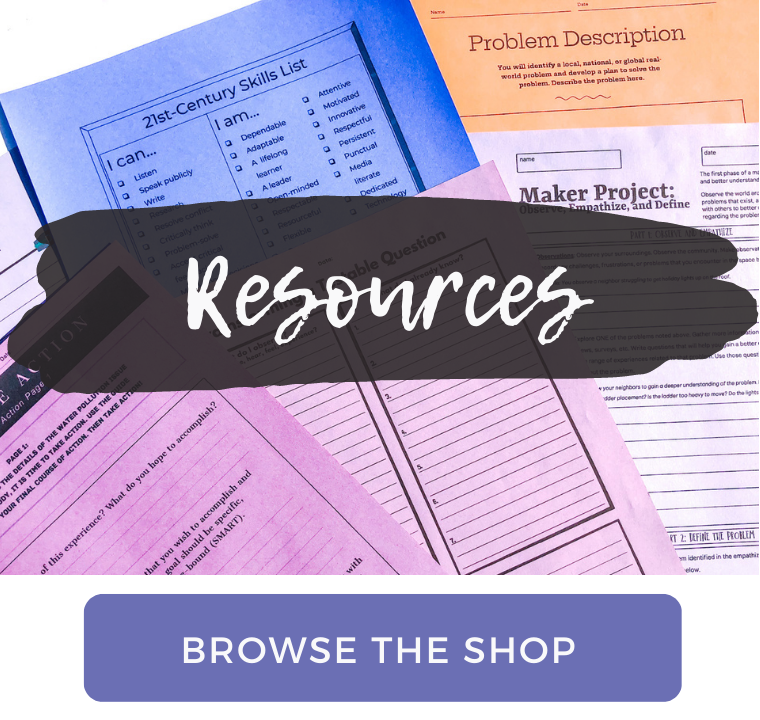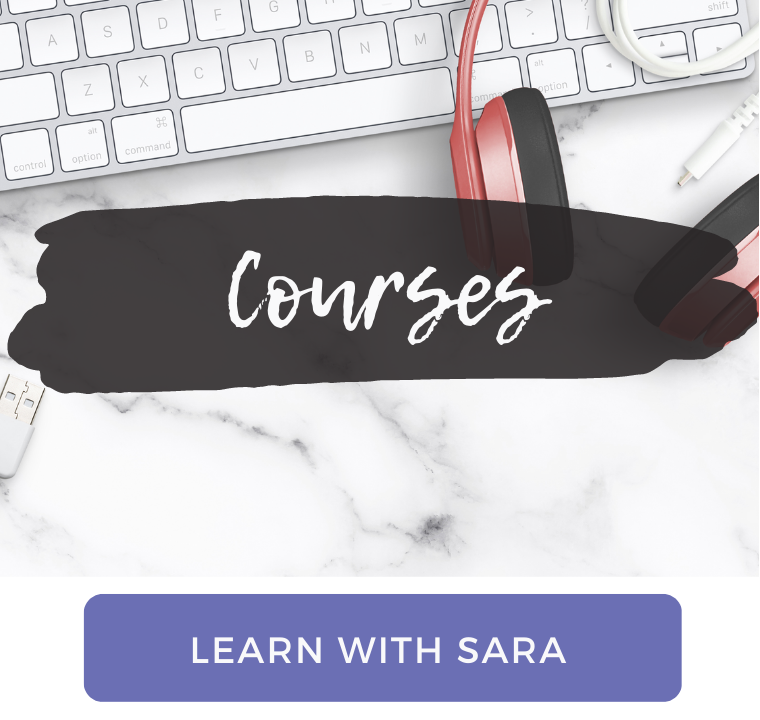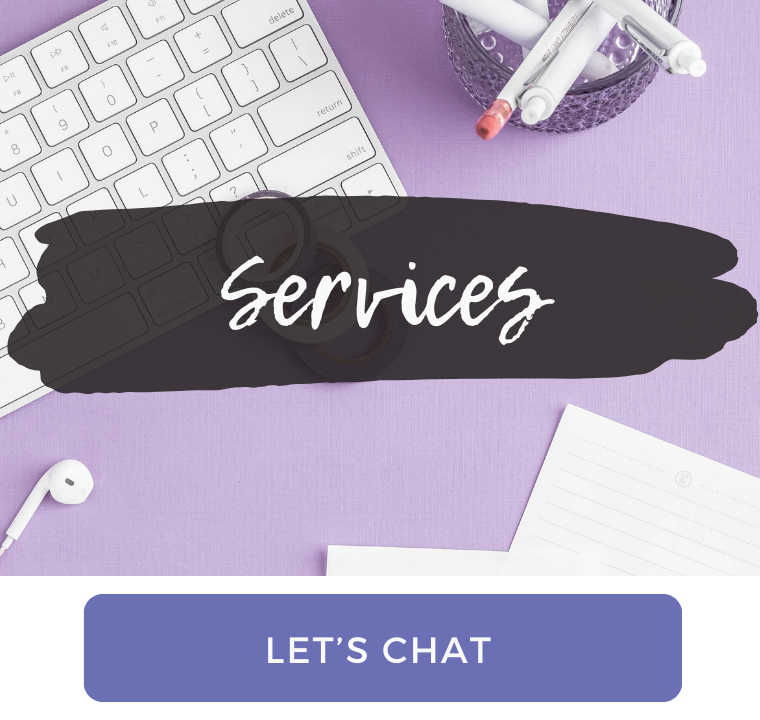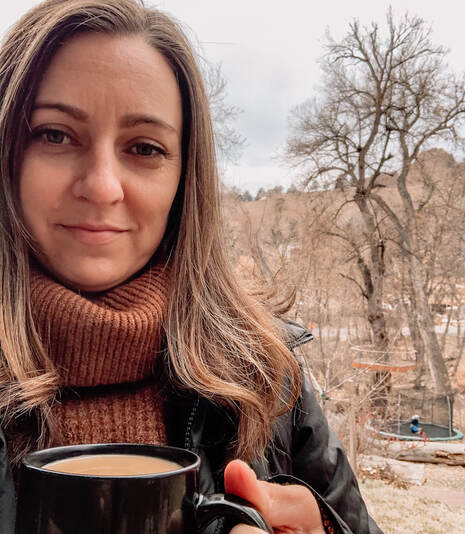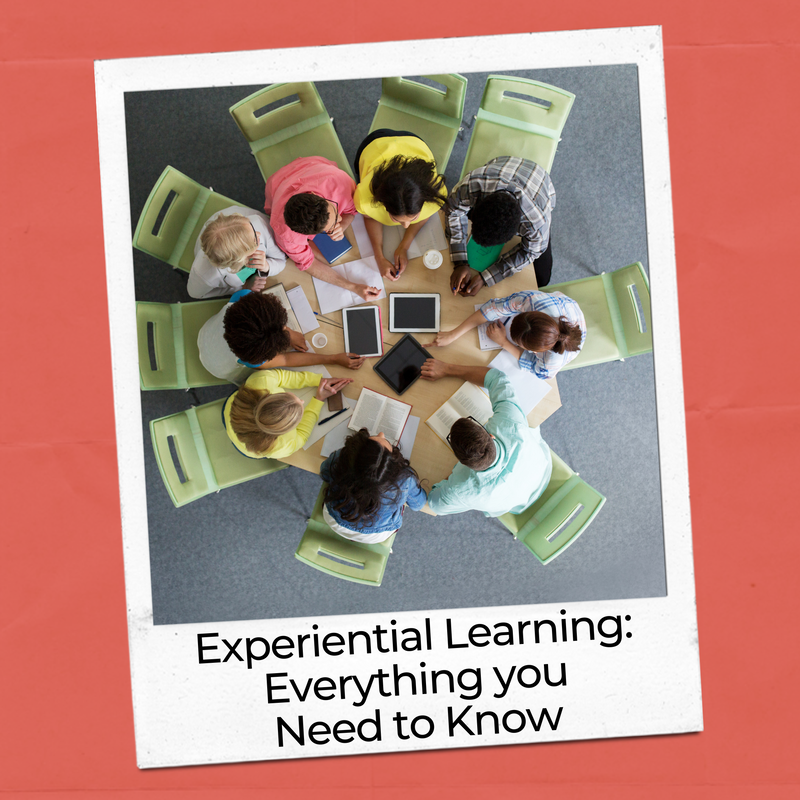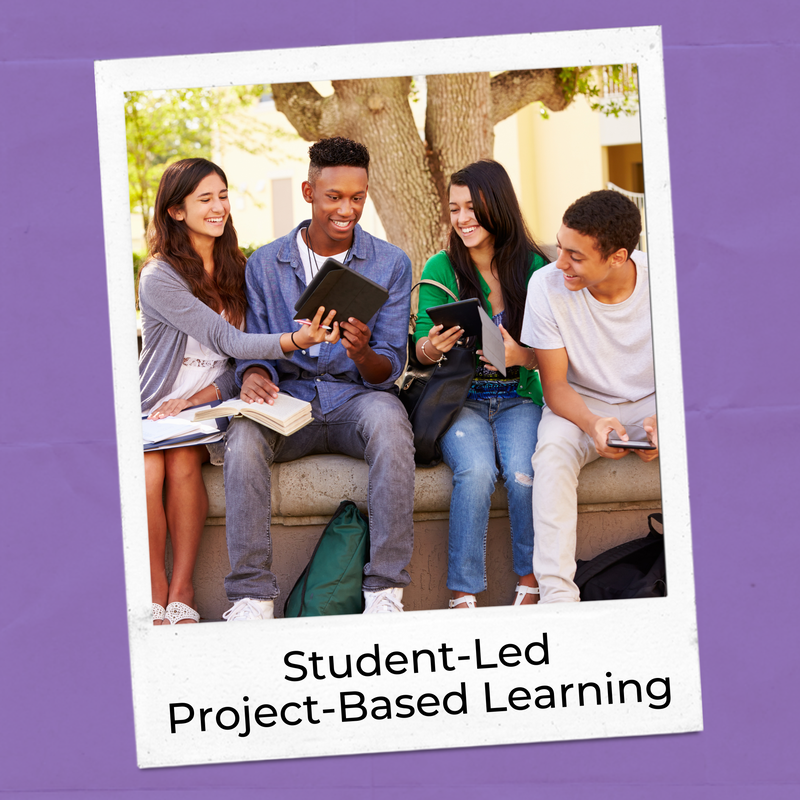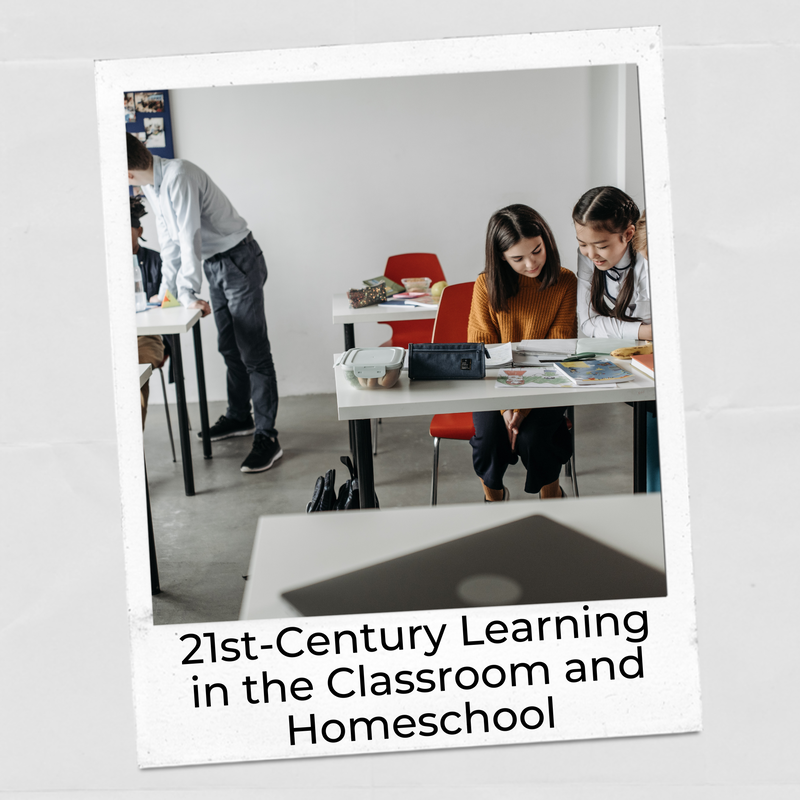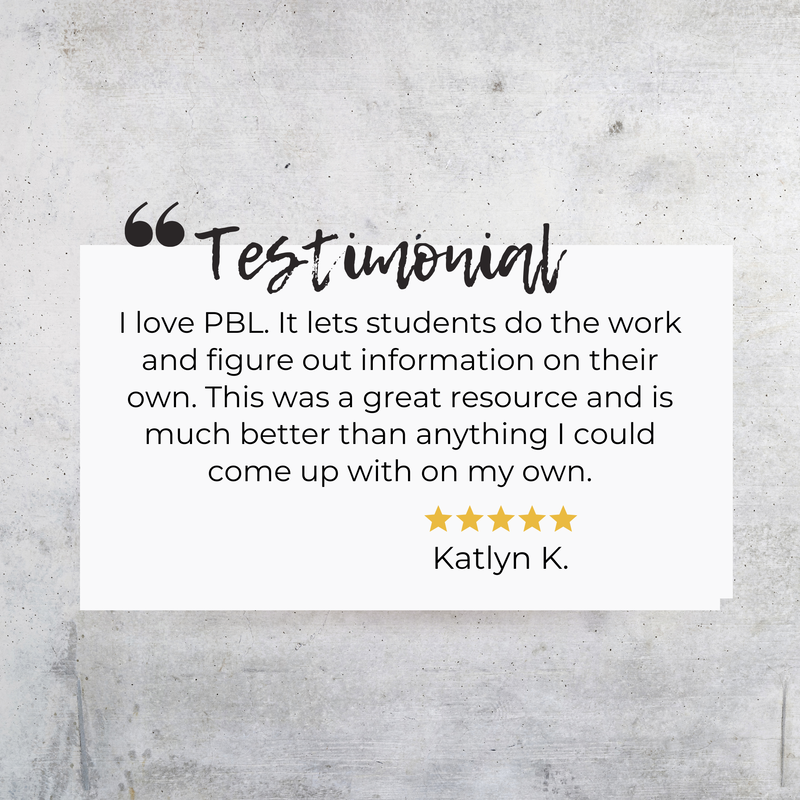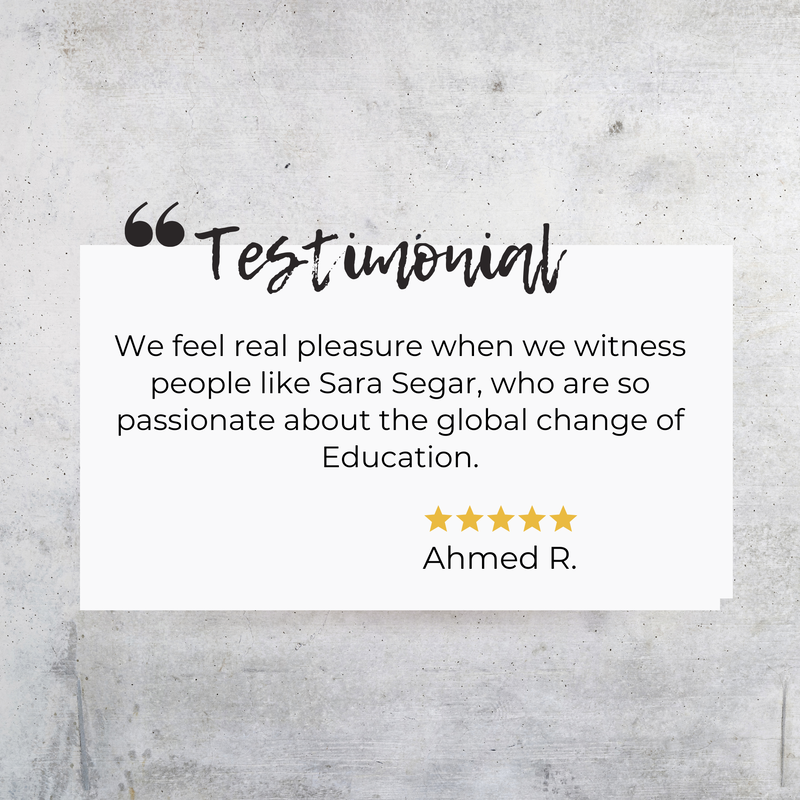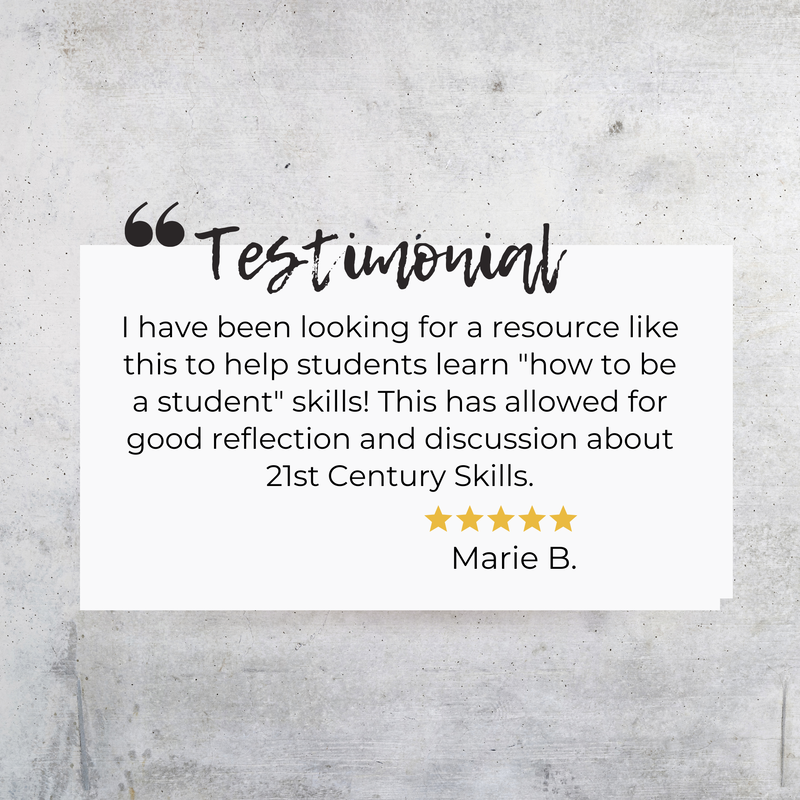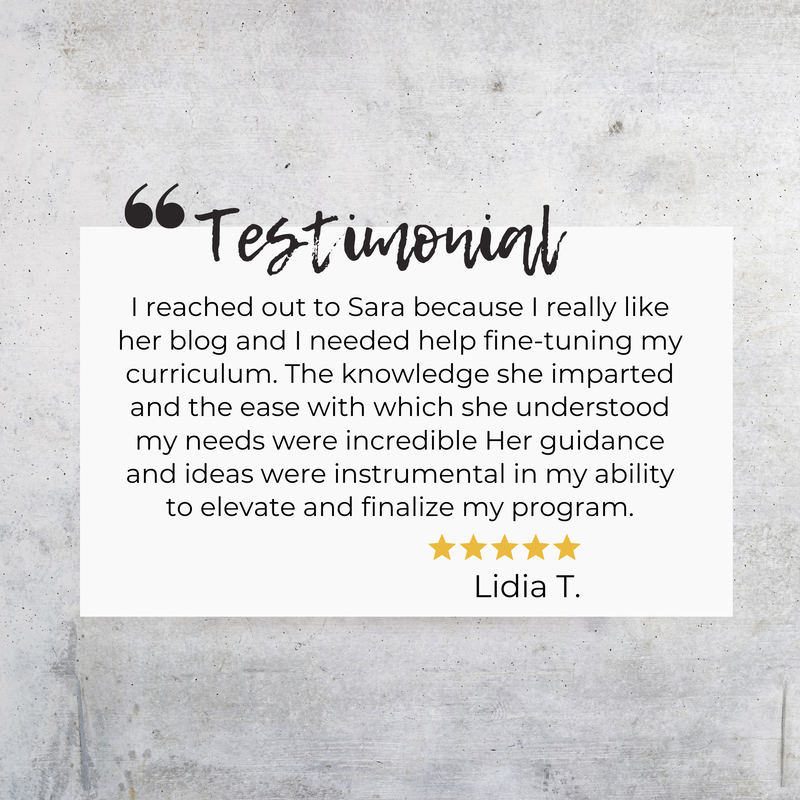Welcome to Experiential Learning Depot
Let's get started! Access my free guiding materials to jumpstart the shift to personalized and authentic learning in the classroom and homeschool!
How Can I Help?
|
Hi there, educators and parents!
Experiential learning is the process of understanding the world around us through experience and reflection. Taking this approach deepens and personalizes learning by making every learning experience (for every child) meaningful, relevant, and authentic. Through these experiences, students gain content knowledge, build 21st-century skills, and develop a lifelong passion for learning. Sounds great, right? Experiential learning is taking the world by storm, and it's time to get on board! Let's get experiential learning into your classroom or homeschool! How can I help with that? With resources, online courses, workshops, consulting, and more! |
Learn More About Experiential Learning

